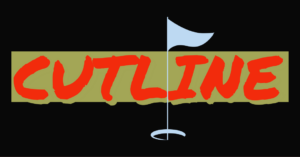The Course Report
Pebble Beach, Spyglass HIll and Monterey
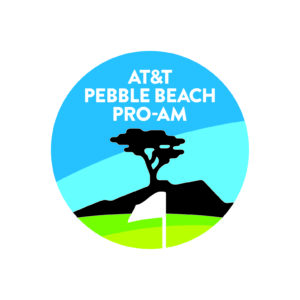
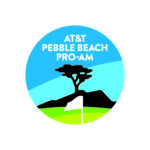
About The Three Course Rotation
Many will argue that as professional golf fans, we’ve grown past the pleasures of watching our favorite celebrities tee it up with our favorite PGA Pros. Yet, if this field and list of “A” listers says anything, it might be time for a change to this event.
I’ve often complained about how amateurs have no place in modern sports. The fact that Bill Murray at one time played a role in the outcome of this tournament, regardless of how insignificant that role might have been, still held up a certain pro from potentially keeping their rhythm or cadency. ProAm’s should be strictly for charity. I digress. Let’s break these puppies down.
Three courses will play host to the PGA Tour this weekend at the AT&T Pebble Beach ProAm. Pebble Beach is the course that players will see twice on the rotation, while Spyglass Hill and Monterey will be see once by each player and amateur in the first three rounds. Due to this, a cut will not occur until after 54-holes have been played.
Now the nicest aspect of this ProAm is that these courses can deliver some severe challenges thanks to weather and setup. Yet, the courses will not be set up to pro-levels as amateurs still need to have room to compete this weekend.
The largest detriment to success in the Monterey area is the coastal winds that could wreak havoc on shots at Monterey and Pebble Beach. There are more tree lined holes at Spyglass Hill so don’t be surprised if you hear this narrative a lot this week.
These courses also feature very small greens. The rough can get long, but typically we see golf tailored towards amateur success. Another unique aspect of this tournament is that all three courses in the rotation are less than 7,000 yards. So, bombers need to apply.
These greens always run very slow. Once again, the PGA Tour is going to do all it can to make sure that the amateurs enjoy their tournament.
Course history and tournament history is going to play a massive part in the selection process at the sportsbook and as well as in DFS. Make sure you’re keeping a keen eye on ownership and take advantage anytime you can leverage the field in a multi-entry tournament.
Pebble Beach is going to have very small greens, and potentially, the smallest greens we will see on Tour for the entire season. Of course, this creates a lower-than-average green in regulation percentage.
Spyglass Hill, which if the weather plays out, is often more difficult than the two other courses that the players will see. If the wind dissipates, the course will help those that can drive the ball further than most. Now while it has played more difficult in years past, it shouldn’t deter you from rostering players here on your Showdown lineups.
Monterey is the easiest of the three courses. While it was removed from the tournament last year due to Covid restrictions, we will see a short course where players can take advantage of the par-5 scoring abilities.
Pebble Beach
Architect: Jack Neville and Douglas Grant
Greens: Poa Annua
Green Size: 3,500 sq. feet – Very Small Greens
Stimpmeter: 10+ – Slow
Length: 6,972 yards- Par 72
Water Hazards: 1 comes into play
Bunkers: 120 Bunkers
Spyglass Hill
Architect: Robert Trent Jones
Greens: Poa
Green Size: 5,100 sq. feet – small greens
Greens Stimpmeter: 10+ – Slow
Length: 7,041 yards- Par 72
Water Hazards: 3 Holes
Bunkers: 60
Monterey Peninsula
Architect: Bob Baldock (1960), redesigned by Michael Strantz (2003)
Greens: Poa
Green Size: 6,900 sq. feet – small greens
Greens Stimpmeter: 10+ – Slow
Length: 6,958 yards- Par 71
Water Hazards: None
Bunkers: 110+, including waste areas
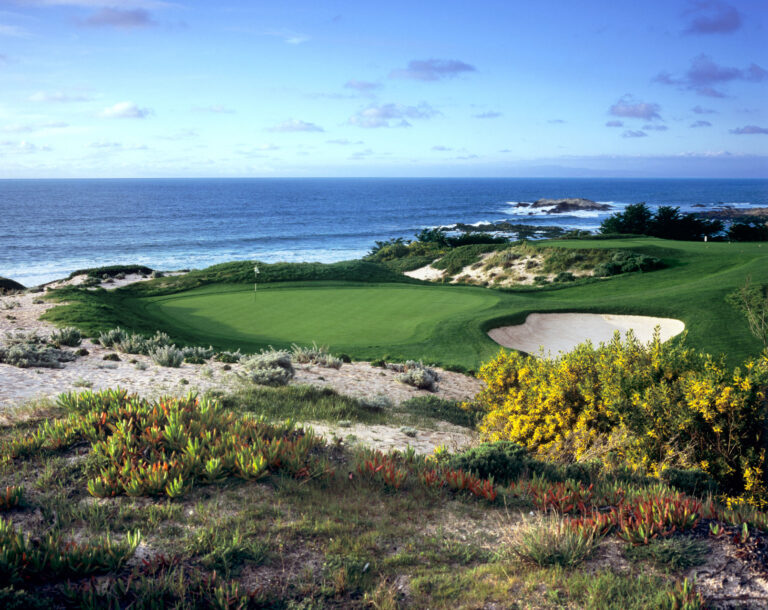
Weather Forecast
Nuggets and Tidbits
- Small greens means that we will see plenty of missed GIR’s. Approach and around the green could be potential leveraging plays here. Yet, if you want to get different don’t ignore solid Poa putters. Using short stick stats to build your lineups will get you different, but by no means guarantee success as Poa’s baseline stats are limited in nature.
- These are less than driver courses as both Pebble and Monterey measure less than 7,000 yards. Spyglass barely exceeds the aforementioned.
- Careful of falling into the trap of valuing driving accuracy. All three of these courses reward approach accuracy, around the green play, and putting. Iron play is key here. Recent trends will help utilize who is hot with the irons and who is not.
- Performance in the wind is going to be key, and plenty of lineups could be in a slump if the weather forecast changes at any point during the weekend depending on where they are teeing off.
- Fans are set to return to the ProAm so it should be a fun event. Yet, one thing it will do at Spyglass is create different site lines than players had last year. Trent Jones courses are meant to mess with a golfer’s eyes. This might be a narrative, but it could have an outcome on how the course plays this weekend.
- If you’re betting this weekend…bank on a hole-in-one if you can get great odds. Hole-in-one records were first recorded in 1984 for the ProAm, and over that 37 year span a hole and one was not recorded only 13 times.
- Since the tournament’s inception, a playoff has decided the winner only 11 times.
Approach Shot Distribution (Pebble Beach
Past Winners

Closed it out with a 68 on Sunday, and Hoge was simply dialed in all weekend on approach.
Hoge did enough to outlast Spieth to get his frist win on the PGA Tour.

Berger won for the second time on Tour, and really ignited his strong 2021 with the victory.
Berger was in line for a potential playoff, but a triple bogey on the 16th left Nate Lashley out of the running.
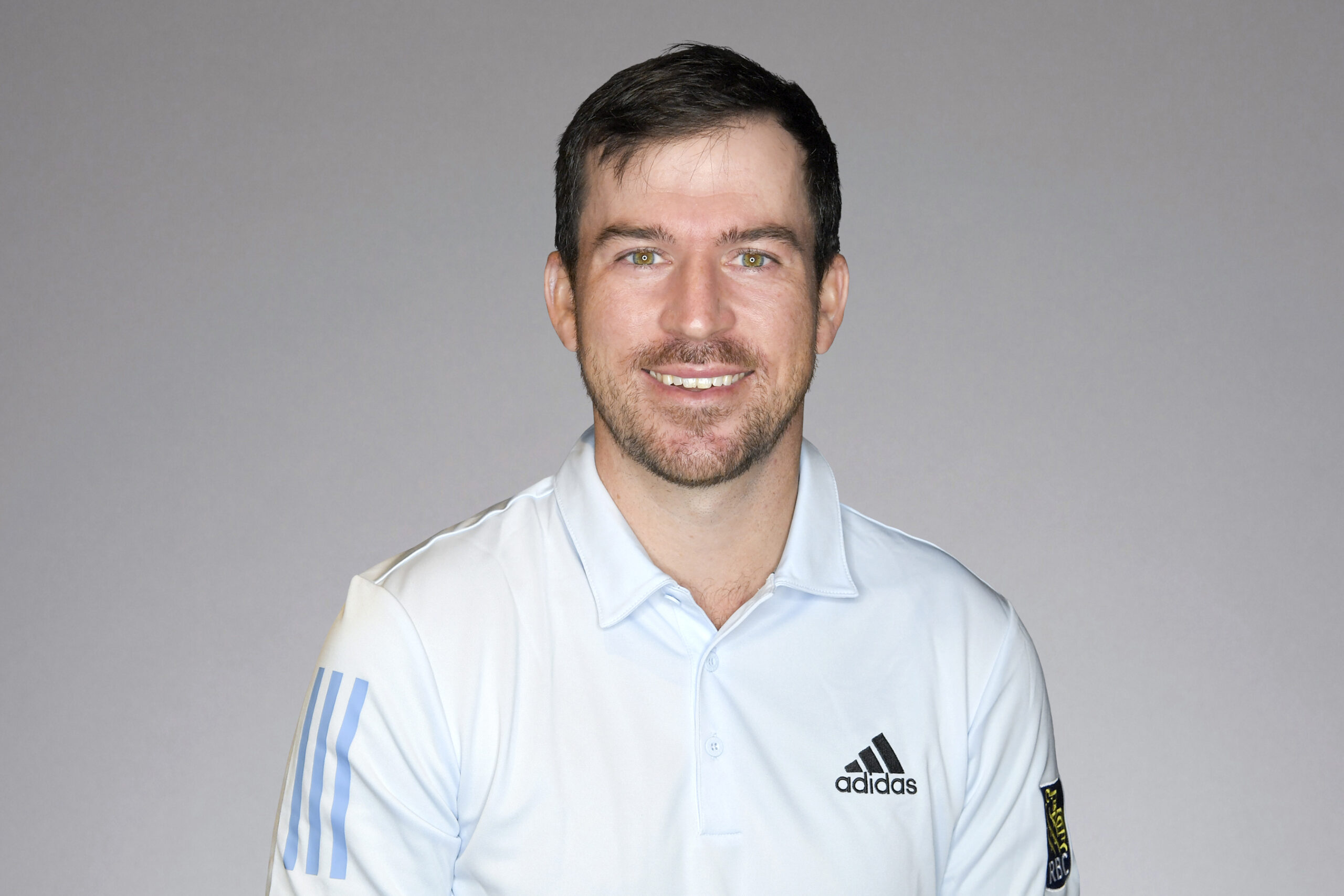
Taylor went wire-to-wire and outplayed every golfer on a very windy Sunday.
This was Taylor’s second win on Tour, and shot sub-70 rounds in 3 of the 4 days he teed off.

Vintage Phil showed up as he gave little hope on Sunday to anyone who was trying to chase him down.
The highlight of this win is that Phil became the second player in PGA history to amass over $90 million in earnings.
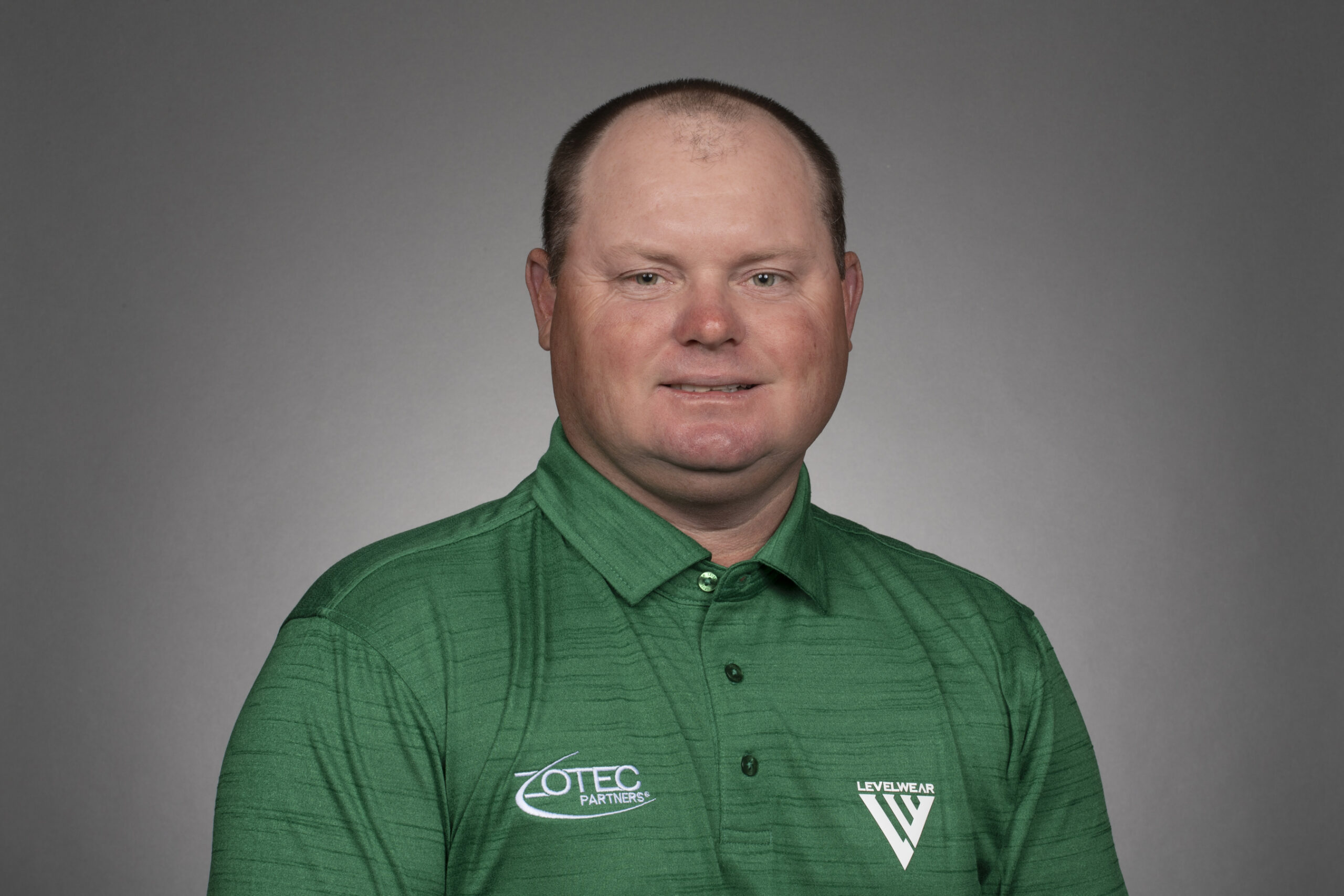
Potter had a monster of a task ahead of him on Sunday as he went head to head with Dusting Johnson. Yet, he made no mistakes as he ended up winning for the second time on the PGA Tour.
This was Potter’s glorious return to the PGA Tour after he broke his ankle and didn’t compete for nearly two years.
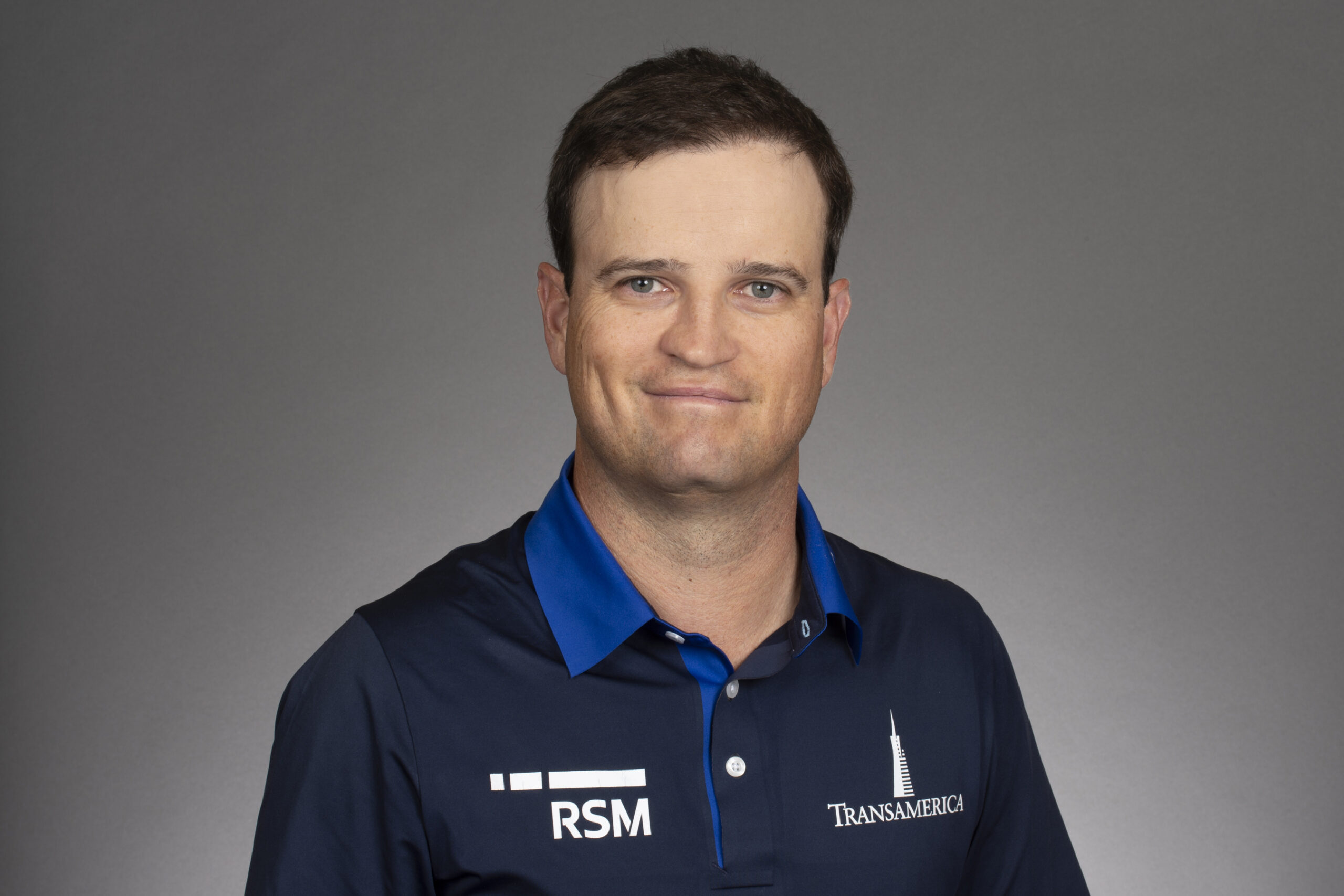
It took a 3-man playoff, but Johnson beat Louis Ossthuizen and Marc Leishman by shooting a 15, 1 under in a four hole playoff.
Johnson was a surprise win as just the week before his prep came in Illinois at the John Deere Classic. This was Johnson’s second major win, and his first Claret Jug.
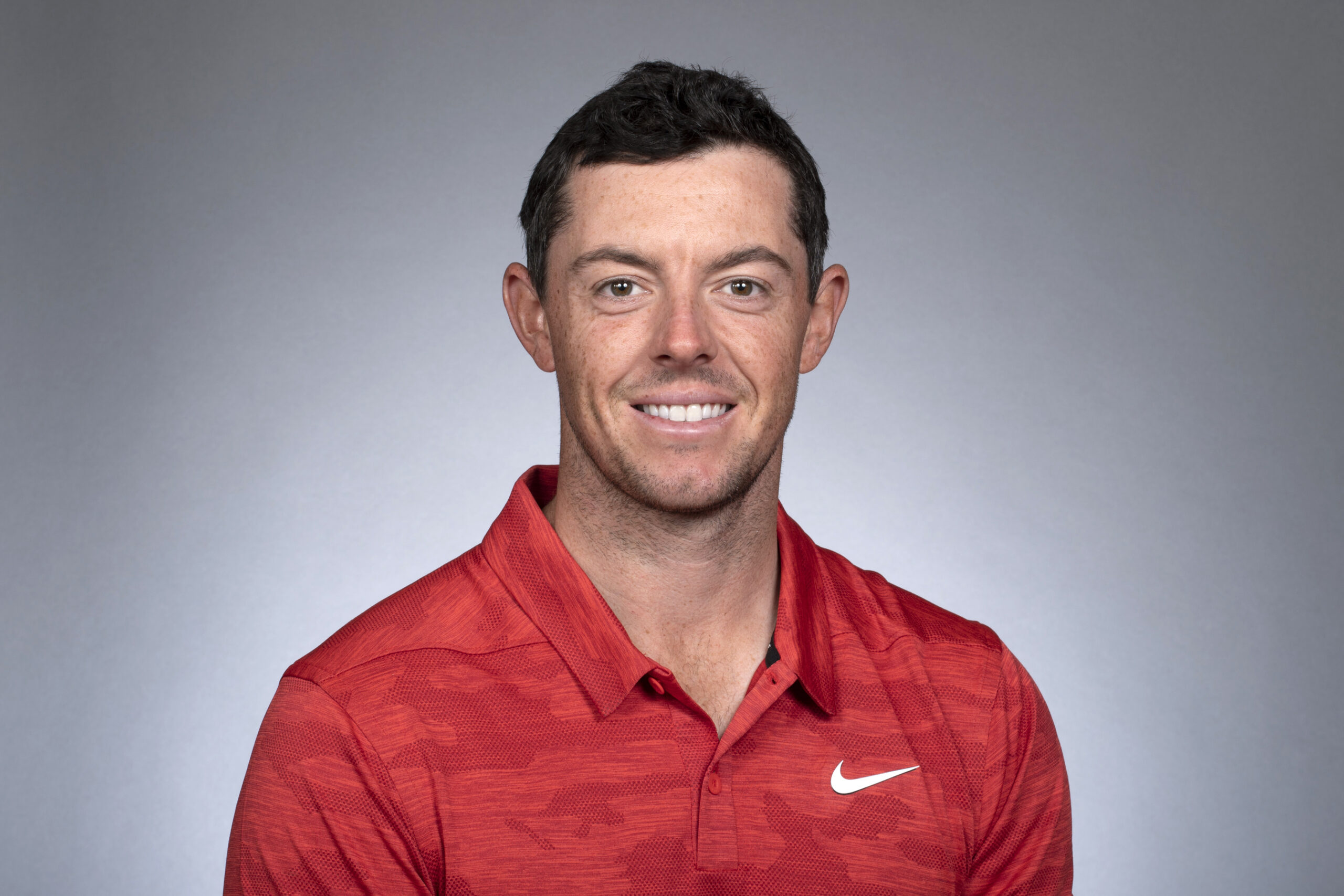
Entering with a six-stroke lead over the field, McIIroy went from dominant to just hanging on. Still, no golfer ever got withing two strokes the entire day, and he held his composure despite struggles off the tee and on the greens.
In winning, McIIroy became the seventh wire-to-wire winner in Open Championship history.

After winning the Scottish Open the week prior, Mickelson birdied four of the last six holes and became the Open Champion.
To this point, Phil had come close to winning, but had often doubted his abilites on links style courses.

Els began Sunday 6 shots back, but still clinched the vicotry after Adam Scott imploded.
Els’ 68 was a comeback of epic proportions when you consider the fact that Scott was still winning by 4 strokes on the 15th tee.
